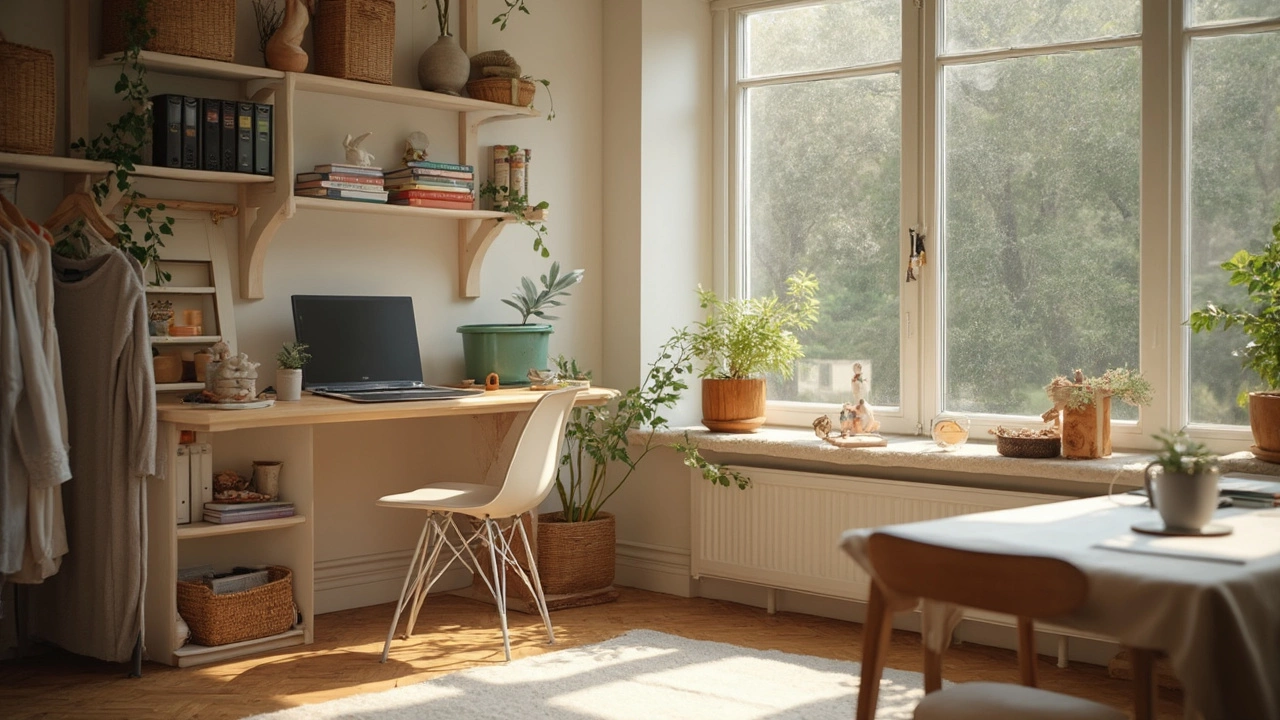Storage Costs: What You Need to Know Before You Pay
Ever wonder why a tiny storage unit can feel pricey while a bigger one sometimes costs less? It’s not magic – it’s the mix of size, location, climate control, and extra services. Understanding those pieces helps you avoid surprise fees and pick a solution that fits both your budget and your eco‑friendly mindset.
What Drives Storage Costs
First off, size matters. Most facilities charge by the square foot, but they also have a minimum monthly rate. If you only need a few boxes, a small unit might end up costing more per foot than a larger space you only fill halfway. Next, think about location. Units in city centers or popular neighborhoods usually carry a premium because land is pricey. If you can store a bit farther out, you’ll often see lower rates.
Climate control is another big ticket item. Heated or cooled units protect furniture, electronics, and fabrics from moisture and extreme temps, but they add $20‑$30 to your monthly bill. If what you’re storing is sturdy (like plastic bins or metal tools), you might skip climate control and save cash.
Access frequency can also affect price. Some places charge extra for 24‑hour access or for units you need to open daily. If you’re only dropping stuff off and retrieving it once a year, a standard business‑hour facility is cheaper.
Tips to Cut Storage Expenses
Start with a inventory. Pull everything out, sort, and keep only what you truly need. The less you store, the smaller (and cheaper) unit you’ll need. Repurpose old containers: sturdy dishes, vacuum‑sealed bags, and reusable crates can replace pricey plastic bins.
Look for promotions. Many storage companies run “first month free” or discounted rates for new customers. Signing a longer lease (12‑ months instead of month‑to‑month) can also lock in a lower price. Just be sure you’re comfortable with the commitment.
Consider alternative storage options. Community garages, shared attic space, or even a friend’s spare room can be far cheaper than a commercial unit. If you go this route, add a simple climate‑control hack: a dehumidifier or a small fan to keep air moving.
Finally, think green. Packing with recycled cardboard, reusing moving blankets, and using biodegradable bubble wrap reduces waste and often makes boxes easier to stack, meaning you can fit more into a smaller unit. Some facilities even offer discounts for eco‑friendly customers who bring their own pallets or use reusable containers.
Bottom line: storage costs aren’t set in stone. By understanding what you’re paying for and taking a few smart steps, you can keep your belongings safe without breaking the bank or the planet.
-

Slash Your Storage Costs: Practical Tips and Tricks
Slashing storage costs can be easier than you think with a few savvy strategies. By decluttering your space, exploring shared storage options, and embracing digital solutions, you can significantly cut expenses. Whether you're managing personal or business storage needs, these tips will help you maximize your space and your budget. Dive into practical advice and transform your storage woes into wins.
